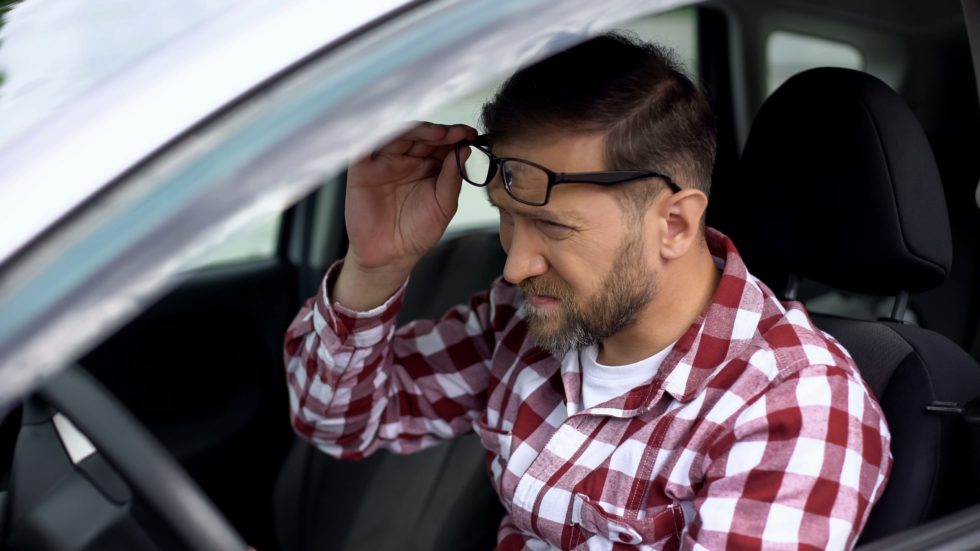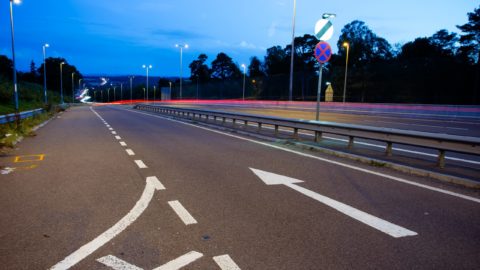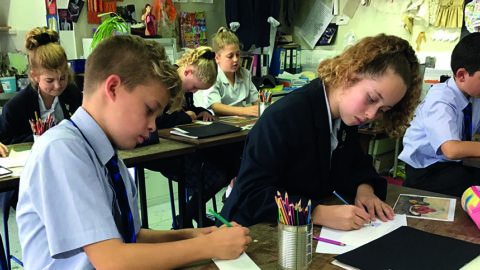Keeping Your Driving Focus

Keeping Your Driving Focus
How good is your eyesight? If you are a driver eyesight is important, and according to Driver & Vehicle Licensing Agency (DVLA), you must wear spectacles or contact lenses every time you drive if you need them to meet the ‘standards of vision for driving’. You must also tell DVLA if you have any problem with your eyesight that affects both of your eyes, or the one remaining eye if you only have one eye – you could be prosecuted if you decide to drive without meeting the standards of vision for driving.
When it comes to the standards of vision for driving, a driver must be able to read with glasses or contact lenses, where necessary, a car number plate made after September, 1, 2001 from 20 metres.
A driver must also be able to meet the minimum DVLA eyesight standard for driving by having a visual acuity of at least decimal 0.5 (6/12) measured on the Snellen scale, with glasses or contact lenses, if necessary, using both eyes together or, if you have sight in one eye only, in that eye. Drivers must also have an adequate field of vision – an optician can tell you about this and do a test.
Lorry and bus drivers must have visual acuity at least 0.8 (6/7.5) on the Snellen scale in their best eye and at least 0.1 (6/60) on the Snellen scale in the other eye. Drivers can reach this standard by using glasses with a corrective power no more than (+) 8 dioptres, or with contact lenses – there is no specific limit for the corrective power of contact lenses – drivers must also have a horizontal visual field of at least 160 degrees, the extension should be at least 70 degrees left and right and 30 degrees up and down. No defects should be present within a radius of the central 30 degrees.
Drivers of lorries and buses must tell DVLA of problems with their eyesight that affects either eye. Lorry and bus drivers may still be able to renew their lorry or bus licence if they cannot meet these standards but held your licence before January 1, 1997.
For more information about eyesight requirements for drivers of all vehicles and any of the latest changes made to legislation, visit: www.gov.uk.
The Practical Driving Test Eyesight Test
Have you taken a practical driving test recently? You may remember, at the start of the test a student must correctly read a number plate on a parked vehicle. If they cannot, they will be failed, and the test will not continue – DVLA will be told and the licence revoked.
When reapplying for a licence, DVLA will ask a student to have a sight test with Driver and Vehicle Standards Agency (DVSA) at a driving test centre. If successful, the student will still have to pass the DVSA standard eyesight test at their practical driving test.
For more information, visit: www.gov.uk/driving-test






